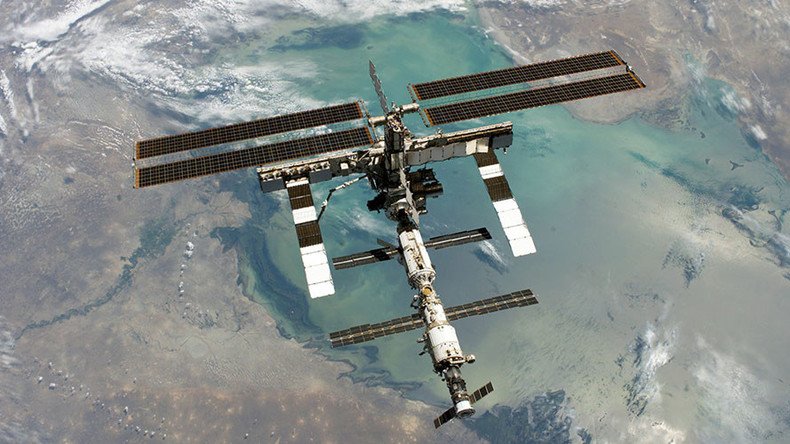NASA assesses ‘risks’ of Russia’s proposal to cut down ISS crew

NASA is weighing the risks stemming from Russia’s potential reduction of its permanent International Space Station crew down to two cosmonauts, saying the agency is looking at options to either accommodate or help Moscow “realize why that’s a bad thing.”
Last week, Russian space agency Roscosmos announced plans to potentially cut down the number of cosmonauts permanently deployed on the ISS. The Head of Piloted Space Programs, Sergey Krikalev, told Izvestia daily that the standard crew of three is excessive given the equipment currently being used on the Russian segment of the station.
Russia evaluates Space Station Crew Reduction - https://t.co/qNqgYobJMLpic.twitter.com/89KVpkR2AE
— ISS Updates (@ISS101) August 16, 2016
“Plans to reduce the crew stem from the fact that fewer cargo ships are being sent to the ISS and from the necessity to boost the efficiency of the program,” the newspaper quoted Krikalev as saying. In addition, crew reduction can lower maintenance expenses, while an extra seat could be offered to space tourists or foreign astronauts.
Krikalev explained earlier that the need to expand the ISS crew to three people was in the first place due to the planned deployment of new scientific modules, including the ‘Nauka’ Multipurpose Laboratory Module, which has eventually been re-scheduled for late 2017.
“If you look at the original plan, it envisioned the launch of Multipurpose Laboratory Module to the ISS, and only then a crew increase,” Krikalev explained. “But MLM launch was postponed several times, while the crew nevertheless was increased.”
Before any official decision is made, Roscosmos sent letters to the participants of the ISS program to get their feedback on how and when the crew size cut might take place.
“They’re exploring the option of going down to two crew on the Russian segment,” said Kenny Todd, NASA’s space station operations integration manager, during a media briefing on Monday. Calling the Russian contemplation of crew reduction “strictly a proposal” for now, Todd promised to evaluate the risk the US program could face without the extra Russian aboard the ISS.
Because the Space Station is a complex web of intertwined modules produced by Russians, Americans, Asians, and Europeans, Roscosmos expertise is essential, as some of the crucial hardware can only be maintained and fixed by the Russian engineers.
“As we do with all these kinds of things, we’ll trade it against whatever risk it might put into the program,” Todd said. “First and foremost, the risk to our crew on board and the station itself. And then from there we start looking at the options and see what we can do as a partnership to try to either accommodate it, or help them realize why that’s a bad thing.”
After the retirement of the US shuttle program, the space station typically hosts a crew of six: three Russian cosmonauts, two American astronauts and one astronaut from another primary station partner – Canada, Japan or the European Space Agency (ESA). Besides maintaining crucial equipment, Russia is also the only country that tows crews to the orbital station.
Watch the Soyuz crew blast off in RT’s exclusive 360 video
Until the US produces its own rockets capable of and certified for flying humans to the ISS, Russia signed up to give ride to fellow astronauts. On Monday Todd said that for now Moscow and Washington are committed to maintaining their current level of support for the station through 2024, and “there is no doubt that they’re keeping that in mind as they work through whatever challenges they have within their system.”
In March, in light of the economic sanctions and the weakened Russian ruble, the government approved the federal program for space exploration, valued at 1.4 trillion rubles ($21.9 billion) over the next decade. Of those the federal space program allocated some 252.1 billion rubles ($3.94 billion) of budgetary spending on the space station’s maintenance, in addition to 12.6 billion rubles ($197 million) from off-budget sources.













